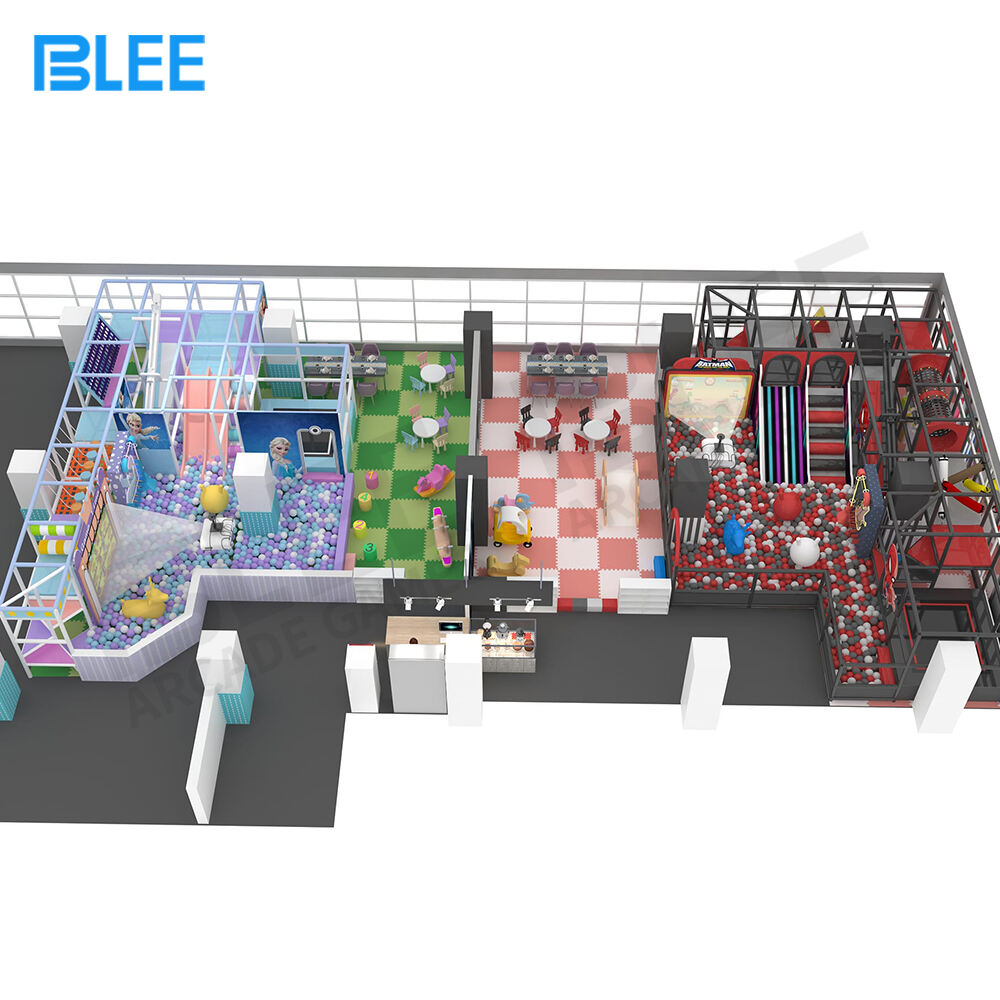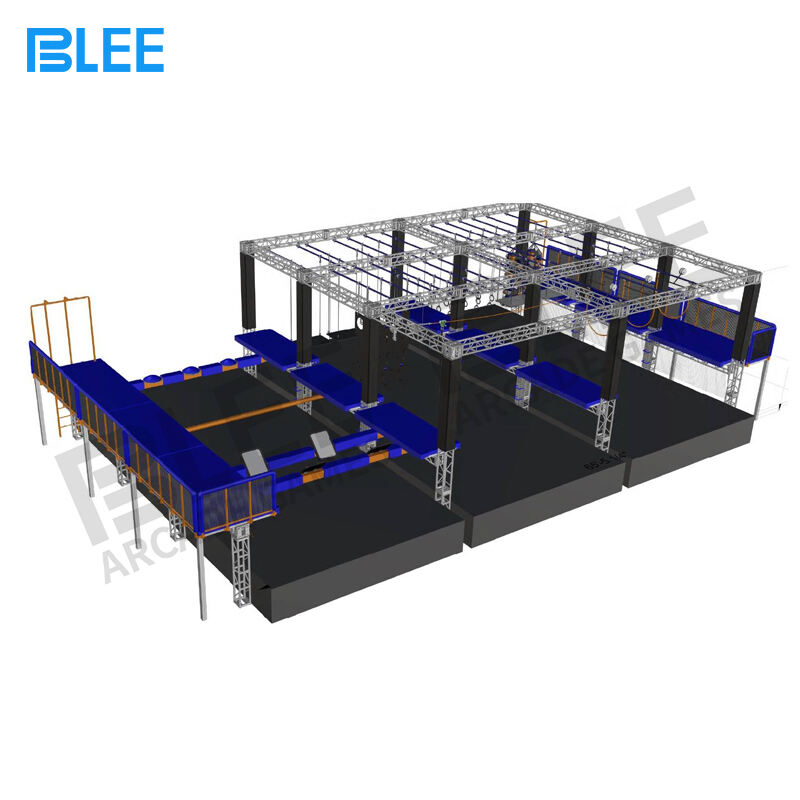The Evolution of Sports Simulator Installations
From Niche Training Tools to Mainstream Entertainment
Sports simulators have evolved significantly from their initial application as niche training tools in professional environments. Originally, these simulators were predominantly used by elite athletes and coaches to refine techniques and analyze performance. However, with technological advancements such as high-definition graphics and motion tracking, they have become accessible to the general public, transforming into mainstream entertainment. The integration of realistic visuals and interactive elements has made these simulators appealing to a broader audience, enabling users to experience various sports without the physical constraints of real-world activities.
The sports simulator market has witnessed remarkable growth, driven by its diverse applications in both home gyms and commercial spaces. According to industry statistics, the global market value is projected to reach new heights, reflecting its widespread adoption. Facilities such as Cottrell Park Golf Resort exemplify this trend, showcasing how these simulators have become crucial components of forward-thinking business models in sports and recreation.
How Technology Redefined Indoor Fitness Experiences
Technological innovations have revolutionized the indoor fitness experience, especially in sports simulators. Features such as virtual reality (VR) and augmented reality (AR) have transformed user interaction, providing immersive environments that engage players like never before. Popular sports simulators have seamlessly integrated these technologies, enhancing user engagement by offering experiences that mimic real-life sports scenarios. VR, for example, allows users to play sports in virtual environments, while AR overlays digital elements on physical surroundings, making the experience more interactive.
Additionally, mobile applications accompanying fitness simulators allow users to personalize workouts and track their performance. These apps provide custom workout routines tailored to individual goals, offering real-time feedback and historical data for users to monitor progress. This technological synergy not only enhances workout efficiency but also provides users with comprehensive insights into their fitness journeys, transforming the way we approach indoor exercise.
Why Sports Simulators Are Revolutionizing Fitness
Bridging the Gap Between Exercise and Entertainment
Sports simulators are at the forefront of a transformative wave in fitness, merging physical activity with entertainment to appeal to a wider audience. These simulators introduce an element of fun into exercise routines, attracting individuals who seek engaging and dynamic workouts. Many facilities have integrated sports simulators into their offerings, resulting in heightened user engagement and retention. For instance, some gym chains have successfully employed simulators to enhance their fitness classes, ultimately boosting membership rates. Demographic statistics indicate a notable shift, with younger, tech-savvy individuals increasingly favoring gamified fitness experiences over traditional workouts. This trend highlights the simulators' role in capturing the interest of a new generation of fitness enthusiasts eager for innovation.
Enhancing Accessibility for All Skill Levels
An important aspect of sports simulators is their ability to make fitness accessible, regardless of expertise. Their user-friendly interfaces mean beginners can dive into sports simulations without prior knowledge, reducing the intimidation often associated with starting a new fitness regime. These platforms include programs that adapt difficulty levels to match individuals' fitness capabilities, ensuring a tailored and inclusive workout experience. Research underscores the positive impact these accessible solutions have on promoting health and wellness within diverse communities. By welcoming a broader audience, sports simulators champion the idea of sports for everyone, encouraging participants of all ages and skill levels to improve their physical fitness in an enjoyable environment.
Integrating Simulators with Family-Friendly Spaces
Synergy with Indoor Trampoline Parks and Soft Play Zones
Integrating sports simulators into facilities like trampoline parks can provide families with a comprehensive recreational experience. Sports simulators offer interactive experiences that complement the physical activity found in trampoline parks, increasing the attraction for family visits. Statistics show that venues offering a mix of activities, including sports simulations, witness higher family engagement and visitation rates. Successful business models have demonstrated the benefits of incorporating simulators into family-focused venues, such as heightened user engagement and customer satisfaction. By leveraging these insights, facility operators can create dynamic spaces that cater to diverse interests, drawing in larger crowds and fostering a vibrant community hub focused on soft play synergy.
Creating Multi-Generational Recreational Hubs
Designing recreational spaces that accommodate various age groups, from toddlers to seniors, is vital for creating multi-generational hubs. Sports simulators play a key role in these spaces by offering customizable experiences for all skill levels, ensuring enjoyment for everyone. Community centers adopting these technologies foster engagement across generations, leading to enhanced family bonding and strengthening social ties. Experts emphasize the benefits of shared recreational experiences, highlighting the increased sense of community and togetherness that arises when families partake in interactive activities. By promoting inclusive environments where everyone, from young children to the elderly, can engage, these centers become pivotal in nurturing community recreation and fostering relationships grounded in shared enjoyment.
Case Studies: Successful Simulator Implementations
Golf Resorts Embracing 365-Day Playability
Golf resorts across the world are increasingly embracing sports simulators to offer year-round play, ensuring the weather is no longer a barrier. For instance, Cottrell Park Golf Resort in the UK installed advanced GPS Surround Proshot Sports Golf Simulators, allowing guests to enjoy golf without seasonal constraints. These simulators are celebrated for their realistic experiences, offering over 100 courses, including renowned locations like the Ryder Cup Celtic Manor course. This installation aligns with a growing trend, offering customer testimonials that highlight increased satisfaction and visits. Notably, such installations have also led to a rise in revenue as resorts combine traditional golfing with high-tech simulations. Incorporating simulators not only boosts earnings but also enriches the customer experience, creating a draw for both golfing newcomers and seasoned players alike.
Commercial Indoor Playgrounds Adding Sport Tech
The integration of sports simulators in commercial indoor playgrounds is revolutionizing the play experience. A prime example of this is how indoor playgrounds have expanded their offerings by incorporating these cutting-edge sports technologies. These installations have resulted in increased user engagement and appreciation, as noted in various case studies. According to industry trends, there is an escalating demand for tech-enhanced recreational experiences, especially among families looking for diverse entertainment options. By adopting sports technology, playgrounds cater not only to children's recreational needs but also offer interactive experiences that engage parents and older siblings. This holistic approach meets the evolving expectations of modern families, who are increasingly seeking comprehensive and innovative play environments.
The Future of Interactive Fitness Technology
AI-Powered Coaching Systems
AI-powered coaching systems are transforming the way we approach fitness, offering highly personalized training experiences. These systems leverage advancements in artificial intelligence to tailor workouts, monitor performance, and provide real-time feedback, ensuring that each session is optimized for the individual's needs. For example, applications like MyFitnessPal integrate AI to analyze user data and create custom fitness plans. As this technology evolves, it is predicted to significantly influence the future of sports training and health monitoring by enhancing user engagement and motivation.
Expanding into School PE Programs and Toddler Playgrounds
Sports simulators are increasingly finding their way into school physical education programs, supporting the development of lifelong fitness habits in students. These simulators offer a dynamic way to engage students, providing interactive experiences that traditional gym classes might not offer. Embracing this technology in toddler playgrounds can foster an early interest in sports, encouraging physical activity from a young age. Successful collaborations between simulator manufacturers and educational institutions illustrate the growing trend of tech-enhanced learning environments, paving the way for a future where physical education is both engaging and effective.







